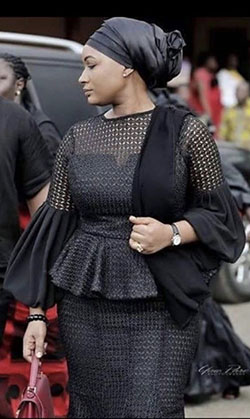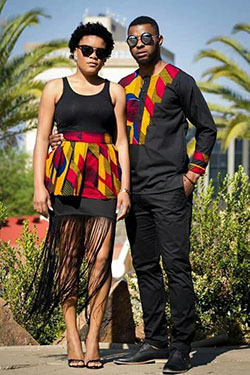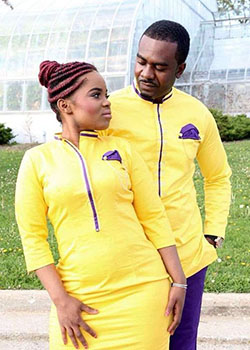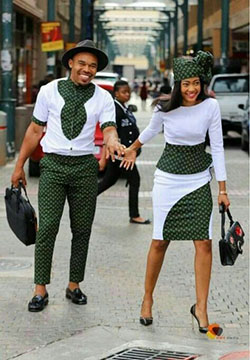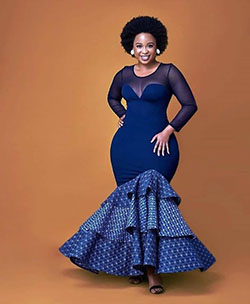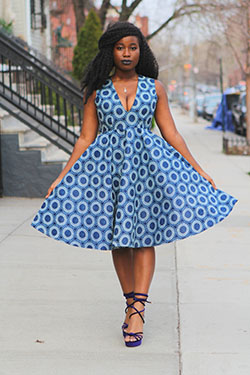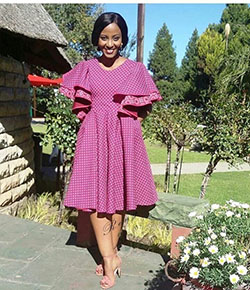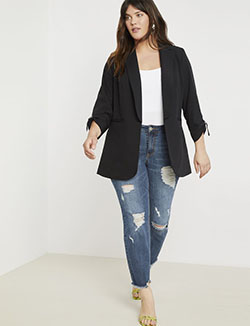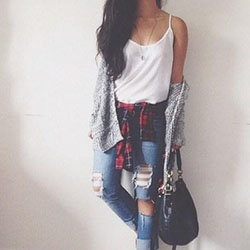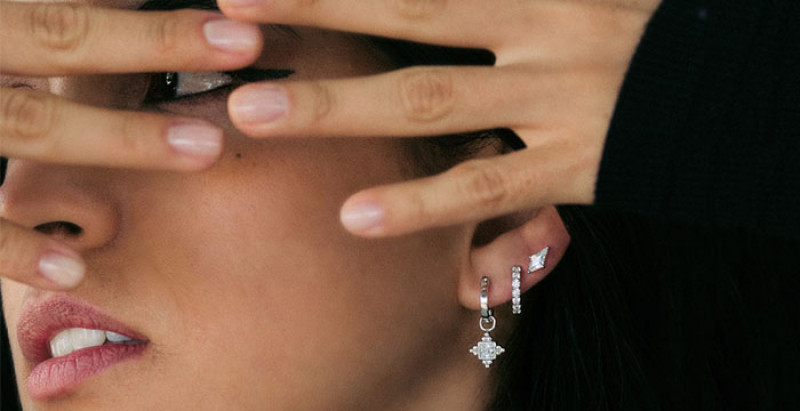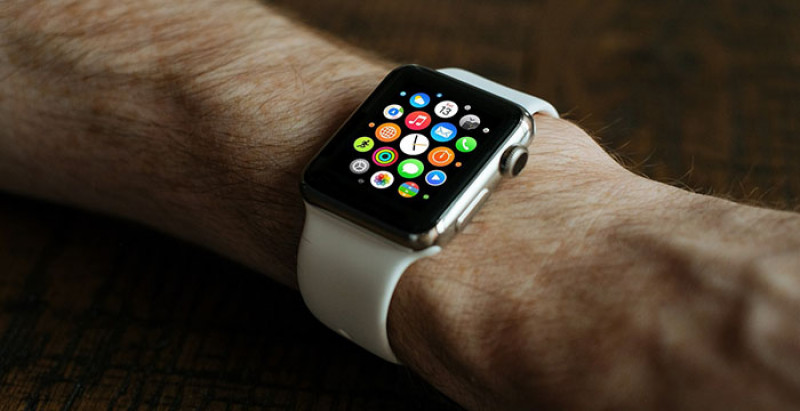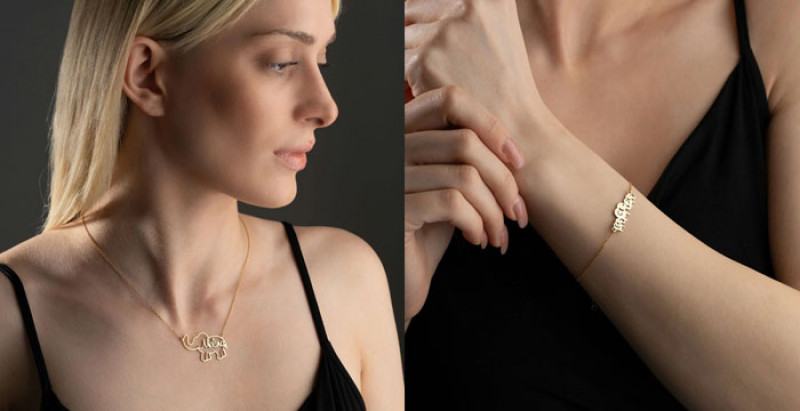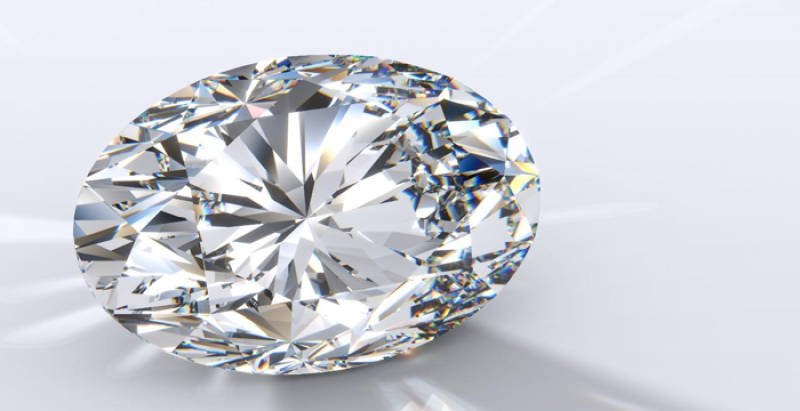
Oval
Oval cut diamonds would be your favourite preference if you are looking for an elongated curved stone shape that has lots of lustre and brilliance. Because of its shape, any elongated gem would appear large than any round-shaped one of the same carat. It makes the wearer’s fingers look slimmer, thus enhancing their beauty. Unlike many other fancy cuts, these stones are less prone to chipping on the corners. These are the reasons that Oval cut diamonds have gained popularity in the last few years.
So, here is a guide to choosing smooth and graceful oval cut diamonds for your engagement rings.
Anatomy of oval cut diamonds
These gems get their name from the elongated elliptic stone shape. It is a fancy shape, which looks exquisite and unique because of its brilliant cuts. The cuts are similar to that used in rounds that give birth to this remarkable beauty. It can aptly be said that this shape is just a longer rounded shape. The parts of this stone shape are:
Head or End: That signifies the tips of the stone
Shoulder: That means the curved area stretching from the head/end to the belly.
Belly: Central part where the curvature is maximum
They have 57 or 58 facets similar to that of brilliant round cuts giving both of them a similar visual appearance. Oval Cut diamonds can have different combinations of facet arrangements, but the 8 bezel facets on the crown and 8 other 8 facets on the bottom are common.
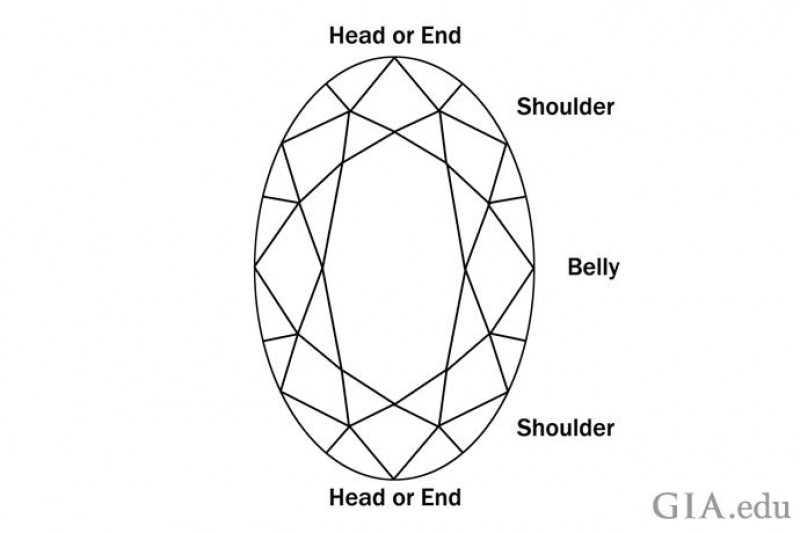
History of oval cut diamonds
These stones are there for ages. The earliest specimen was found way back in the 1300s. However, they were first mentioned in literature in the 1800s. In early 1960, Lazare Kaplan, a Russian gems cutter, perfected the cut process of oval cut diamonds. He was pursuing turning rough stones into other gorgeous shapes. His work made a remarkable improvement in the brilliance of the gems. The cutters still follow the stone cutting technique pioneered by Kaplan. For their sparkling magnificence oval cut diamonds remains a popular shape.
What to look for in oval cut diamonds?
The most significant element of any gem is its cut which imparts the fundamental beauty, brilliance, fire, and structure to the stone. The Gemological Institute of America (GIA) does not provide a cut grading in the certificates for all non-round shapes. The buyers, therefore, have to look for the shape, and the cut that pleases their eyes. For this shape of stone, beauty is solely determined by what the wearer perceives. Some of the general parameters to select the best quality are:
Length-to-width ratio
Proportion is a vital factor when you are considering this shape. According to a survey conducted by GIA, most preferable length-to-width ratio is 1.7:1. However, cutting such a shape from the original rough stone is barely possible. So, such stones are rare. The stones that are usually available have a length-width ratio ranging from 1.3:1 to 1.4:1.
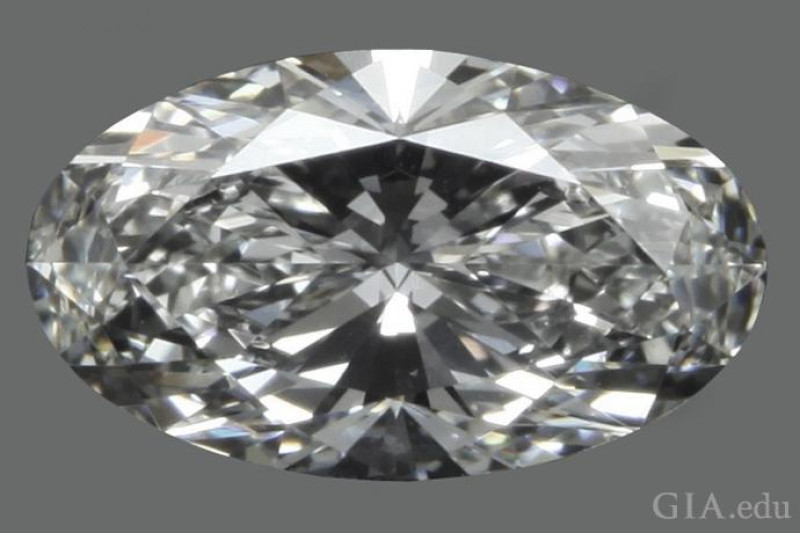
This 1.06 carats has a 1.71:1 length-to-width ratio.
It is rare to find them this long. It has visible Bow-Tie
Photo: Kate Waterman/GIA
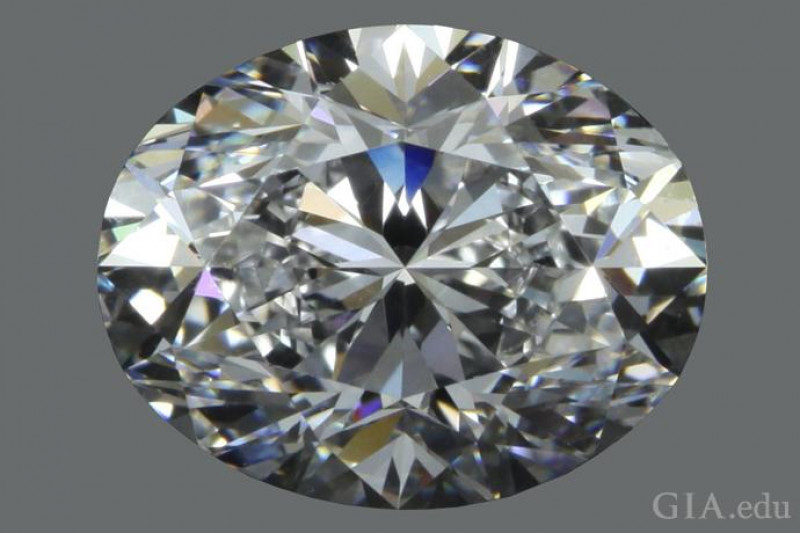
This 3.01 carats has a 1.26:1 length-to-width ratio,
which is a little shorter than most oval cut diamonds.
It has a minimal Bow-Tie effect Photo: Kate Waterman/GIA
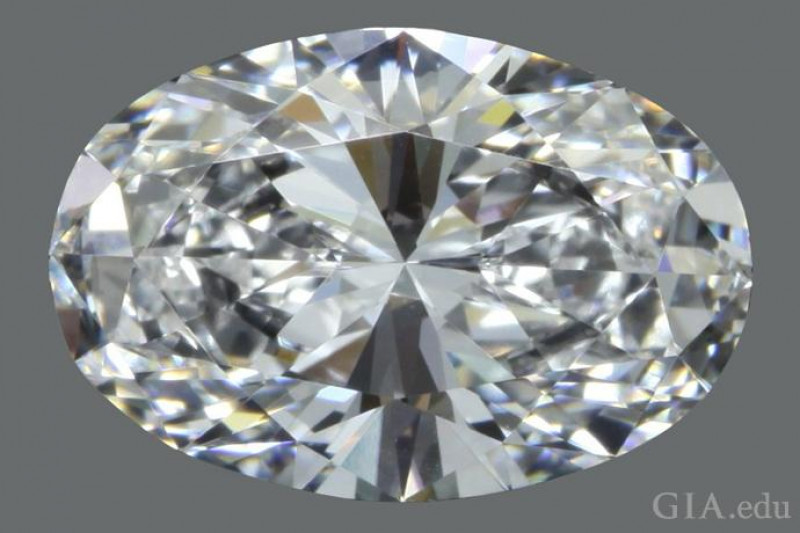
This 2.28 carat has a 1.48:1 length-to-width ratio.
Even this length is a little hard to find. It has a
Bow-Tie effect Photo: Kate Waterman/GIA
Symmetry
Symmetry is another significant determinant on which the beauty of a gem depends. When opting for oval cut diamonds, see if the stones are symmetrical by drawing an imaginary line down the center of the length and the width. The shape and faceting of the two halves should be the mirror image and identical.
Clarity
The great advantage of oval cut diamonds is that they can hide blemishes and inclusions very well. You will hardly get any imperfections, especially towards the rounded ends. So, invest in oval cut diamonds with minute inclusions (like SI1 and SI2 in the GIA grade clarity). You can go for stones with higher clarity grades, but the difference will be only in your wallet and will not be visible to the naked eye. It is, therefore, better to spend the money in other areas like for better cuts and carat weight.
Color
GIA grades the colors "on a scale" from D to Z. Grade Z for a particular stone means it contains some noticeable yellow or brown tint. On the opposite side, D represents the most colorless varieties. It is impossible to understand the difference between two color grades simply by looking at it. However, price differences can be remarkable.
An H or better color grade is what experts recommend for oval cut diamonds. The stone will look white, especially if you select a set of platinum or white gold for your stone. However, if you think of saving the stone in yellow gold or rose gold backdrop, even J or K color grade works fine.
Bow tie effect
Shapes such as pear, oval, marquise, and heart all suffer from a phenomenon known as the bow-tie effect. The bow tie effect does not happen due to light leakage, coloring, or inclusions in stones, it is just for the improper reflection of light due to the cut. It is a shadow inside the diamond that creates dull brilliance in the heart center of it you would like to avoid. The bow tie effect can vary from faint to intense.
Though you may look for one with the minimum shadow that may hamper the brilliance of the gem, you will hardly find a stone with completely no shadows. Always select the diamonds that are well cut. But, avoid diamonds that have dark areas when viewed from any angle and in any light.To locate a sparkling beautiful Oval cut diamonds quote go to Diamonds-USA.com search page which utilizes handpicked personal selection service.
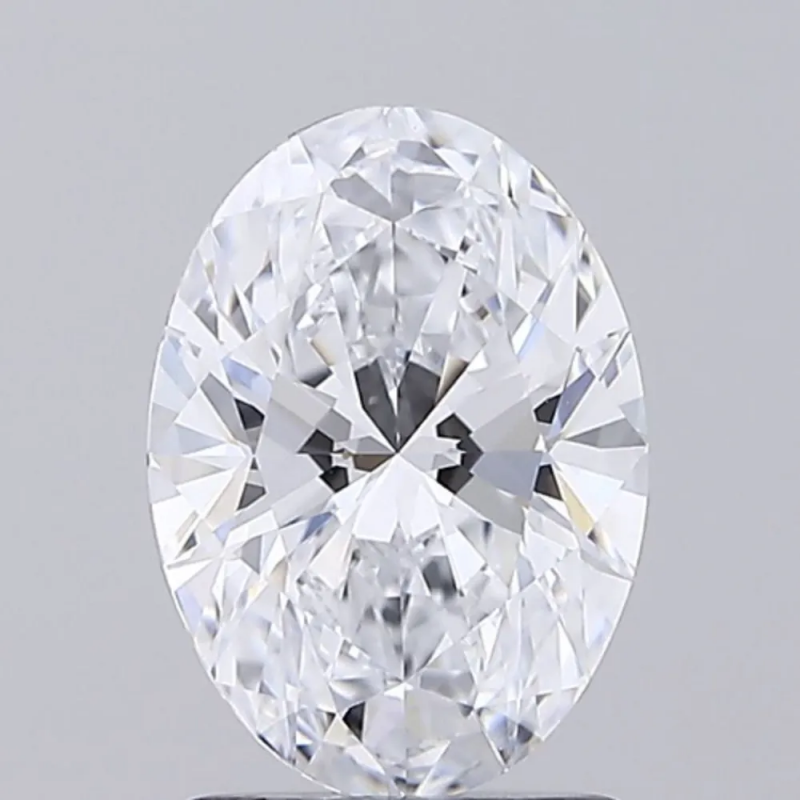
This 1.05 D VS1 Lab Created stone. it has
no Bow-Tie effect. It has a ratio of 1.40,
Oval cut diamonds engagement ring setting
The oblong shape of the gem is versatile and looks great in various settings. Since they are often selected to replace round-cut stones, the traditional setting style makes the oval cut diamonds shine. Some of the popular settings are:
Prong
A prong setting with a simple and shiny metal band is a popular choice. It is a classic setting style that enables most of the stone to become visible. As more lights can enter the gem, it gives off maximum brilliance.
Bezel
Another popular type of setting for oval cut diamonds is the bezel. In this type of setting, a thin metal frame encircles the gem holding the stone tightly in its place. It thus protects the stone from any accidental damage.
Halo
In this type of setting, smaller gems encircle the center stone. It is not only a lovely addition, but highlights the shape of the central stone and makes it appear larger.
Side stones
Oval cut diamonds can be paired with any side stone. It can be stones of different shapes or some other colored gems. But, be careful to select side stones that do not compete with the beauty of a central large piece of oval cut diamond.
The oval cut diamonds shape helps create the most unique and creative engagement ring. It is a bit tricky to find the perfect oval cut diamonds. But if you are lucky to find one, it can make a statement engagement ring.
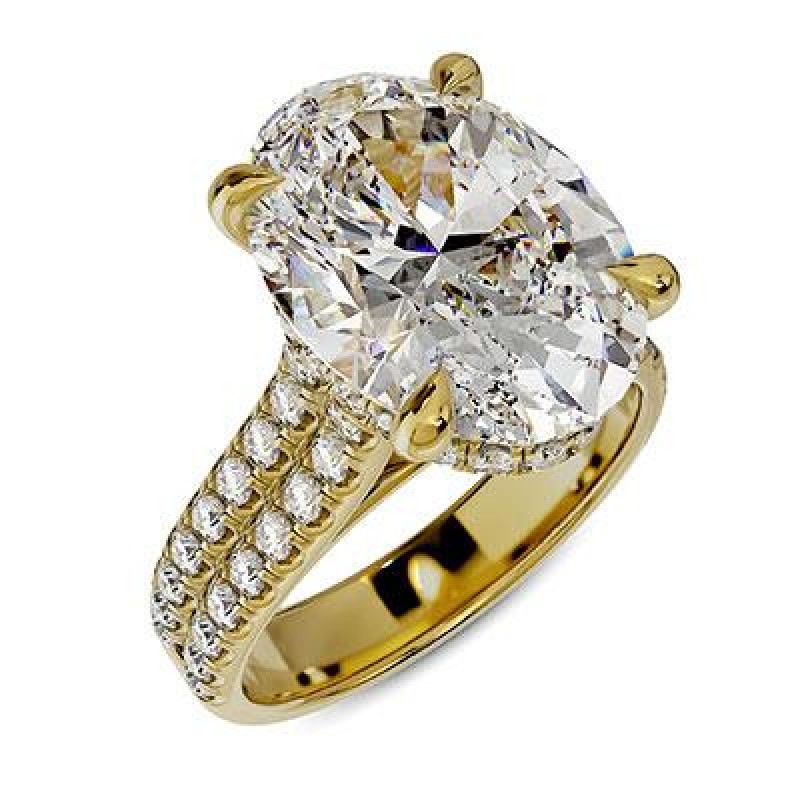
2.75 carats Lab created Oval cut diamond
in a Diamonds-USA extravagant engagement ring




